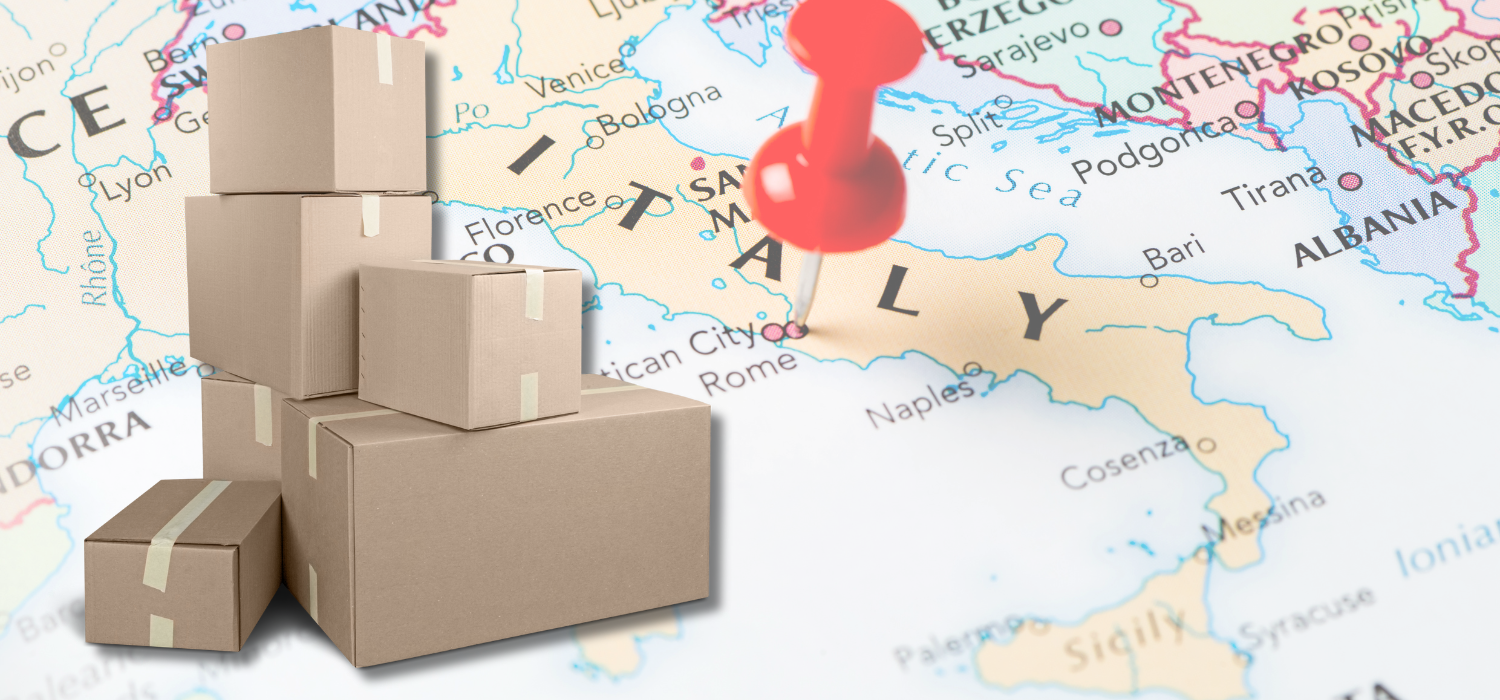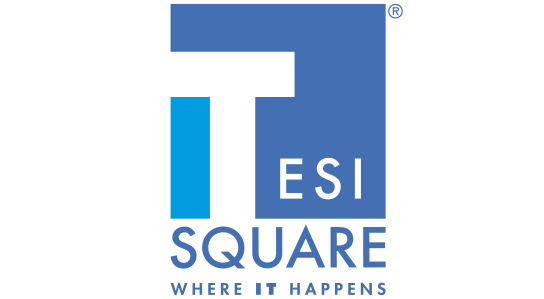The Covid-19 pandemic has inevitably disrupted the buying habits of Italians. The closure of businesses during the lockdown and the need to maintain social distancing have led to an increase in sales through the eCommerce channel, which thus grew by 3.4 percent in 2020 to reach 32.4 billion euros in value, according to the latest data from Netcomm – B2C eCommerce Observatory of the Politecnico di Milano.
Online penetration of total retail purchases jumped significantly from 7 percent in 2019 to 9 percent in 2020.
Five new types of online consumers
Habits are changing and consumers are changing, so much so that a Netcomm – MagNews research on the transformation of consumer purchase paths between 2020 and 2021 in the three sectors Fashion, Food and Personal Care, five new types of consumers emerged:
1. The contemporary consumer: mainly young and residing in the center/south, he prefers relationship and direct exchange for his purchases but during the pandemic he has changed his habits finding himself buying, for average amounts, indiscriminately both online and offline.
2. The Fast Shopper: is in turn divided into three types: female, over 45, with low technological endowment and low educational qualification; very young and over 65 living in small-medium towns in northern Italy. The pandemic has forced him/her to abandon buying at physical points that he/she tended to prefer in pre-Covid and to adopt online shopping solutions for purchases of low to medium amounts.
3. The Omnichannel Shopper: a middle-aged man or woman who lives in large centers, well-educated, and tech-savvy. During the pandemic period, some consumers in this cluster have continued to move nimbly among the different solutions and opportunities offered by omnichannel shopping, albeit with various limitations, but a substantial portion have converted their habits toward online touchpoints and channels, becoming increasingly entrenched digital consumers and adopting a customer journey typical of Digital First.
4. The Digital First: predominantly male in his 30s and/or over 55 who lives in large centers, with a good level of education and a good technological endowment. His customer journey is highly articulated and is predominantly online. This is a high-value customer who often repurchases. The relevance of this cluster has increased considerably in the past year, certainly because of the amplifier effect that the pandemic has generated toward buying behaviors that were already linked to the digital context.
5. The Offline Buyer: despite the advantages offered by online and the limitations imposed by the pandemic continues to prefer traditional sales channels.
In general, therefore, there is a shift from a physical or omnichannel approach (buying both online and offline) to a “digital first” model in which they tend to buy only online.
In the “Digital Consumers” category, there has been a significant growth in online purchases: in the Fashion sector, the increase is more than 10 percentage points, with a shift from 2 percent to 12.9 percent; the same result for the Personal Care sector where it went from 2 percent to 12.8 percent, while in the Food sector the shift is slightly smaller: from 2 percent to 9.9 percent.
The research also shows that digital wallets and online reviews are the most relevant touchpoints in enabling web purchases. From this it follows that the moment of online payment is now a strategic marketing factor for companies, and online reviews are now a key tool for consumers that will have to be placed at the center of the reflections of brands and brands, not only to manage them carefully, but also to intercept the needs and requirements of more aware shoppers looking for increasingly personalized shopping experiences.
The trend of eCommerce in 2020
According to research by Netcomm – Politecnico di Milano’s B2C eCommerce Observatory, eCommerce in 2020 grew by 3.4 percent to reach 32.4 billion euros in value. The sale of online services and online products, however, followed an inversely proportional trend: while purchases related to services inevitably plummeted due to the pandemic (-52% for a value reduced to only 6.5 billion euros), online purchase of products reached unprecedented figures, reaching +45% (equal to 8 billion euros in absolute terms) for a total of 25.9 billion euros in value. The product segments that recorded the highest growth were: Computers and Consumer Electronics (+1.9 of €), Food&Grocery (+1.3 billion of €) and Furniture and Home Living (+1.1 billion of €). In services, however, it is the Tourism and Transportation sector that generates the drastic decline in B2c eCommerce purchases with a reduction compared to 2019 of about 6.7 billion euros.













